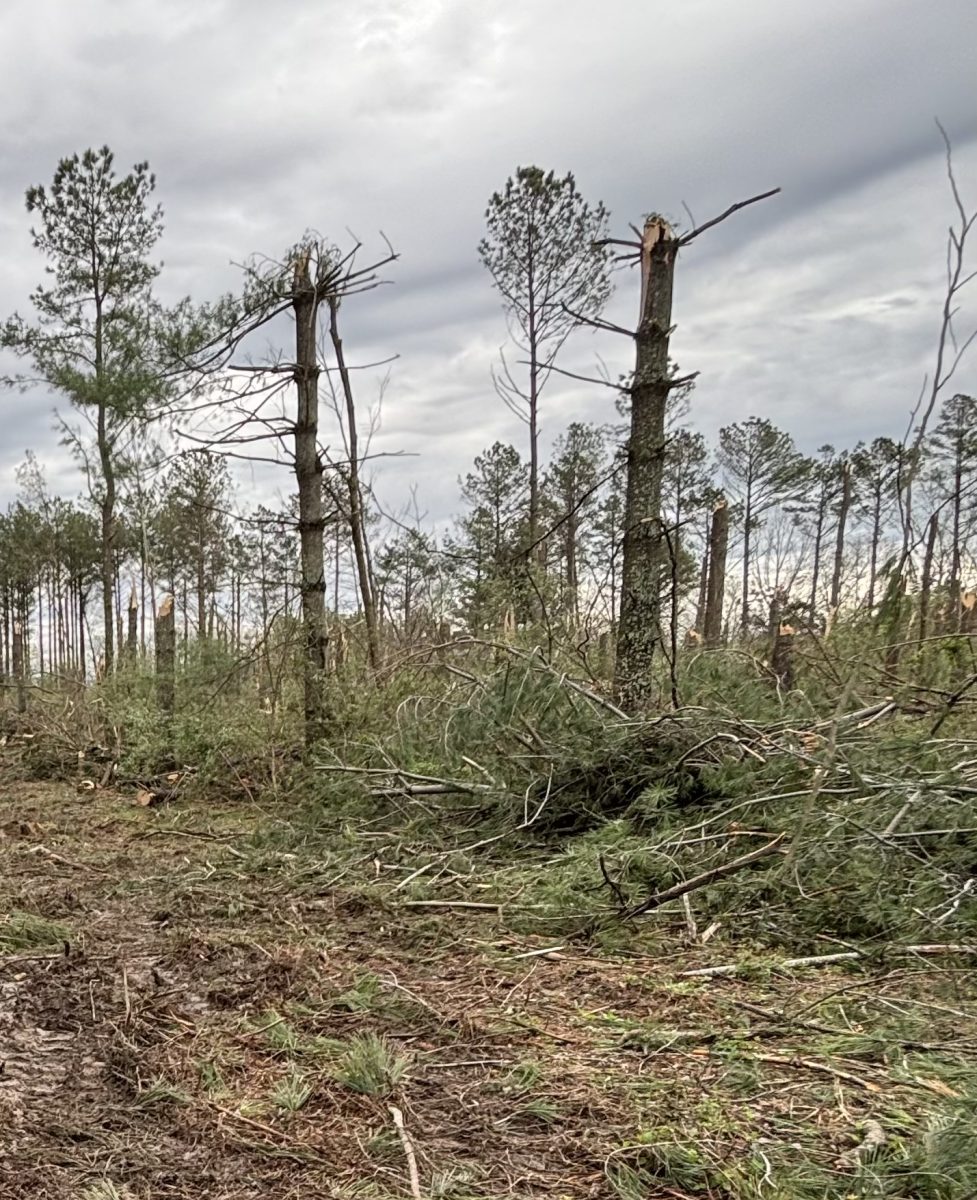A taste of Japan
June 23, 1999
The Kumakura Japanese garden near the northwest end of Faner offers a quiet sanctuary with an international flavor for anything from diligent studying to relaxing conversation.
It’s a good place to come and study, Adam Orsolini, a senior in aviation flight and management from Richmond, said, while noting the relaxing effects of the waterfall and pond as peaceful.
Kathy Bury, a committee member of the Kumakura task force, said the purpose of the garden, which is handicap accessible, is to bring a taste of Japan to SIUC. She hopes the garden advances international understanding among international students, faculty and friends.
Advertisement
The garden is named after Nobuo Kumakura, the mayor of Nakajo, Japan, who had a vision for the American-style SIU Niigata campus.
Mayor Kumakura was at the ground-breaking ceremony for the Kumakura garden May 9, 1997. The garden was completed as a part of the Dorothy Morris Gardens at a dedication celebration Oct. 16, 1998.
A committee of 12 that first met in December 1996 was charged with studying the concept of a Japanese garden, selecting a location, designing the garden and formulating a timeline of the construction and fundraising, Bury said.
Students in an advanced landscape design class were responsible for the original designs of the Kumakura project. In the class, taught by Karen Midden, each student created his or her own plan for the design of the garden.
From those, the committee chose what they liked about the designs, and Midden, chief designer and member of the committee, sketched the final plan. But much of the design was manipulated during the on-site construction.
The grounds department employees installed the elements of the garden, and physical plant carpenters built the viewing house. Physical plant iron workers also aided in building the bridge, Bruce Francis, supervisor of the project, said.
Francis said he was pleased with the way it turned out.
Advertisement*
The primary source of revenue for the Kumakura project came from donations coordinated by the SIU Foundation. Plants, trees and other adornments also were donated.
Midden said she spent time reading about Japanese gardens and worked hard to incorporate Japanese character, although the final work is not completely authentic to Japanese style.
Midden said the rocks and their placement are important to Japanese gardens. She and Francis spent a lot of time determining the exact spots on which to set the boulders and rocks.
Midden explained how different facets of the garden represent various geographical areas. The waterfall flows down from an elevated, boulder-lined area, which represents a mountainous region, to the lower-level pond, representing a marsh and beach-like area.
The winding walkway, Midden said, is designed to invite the visitor and create an element of surprise as the visitor turns corners.
A lot of Japanese gardens utilize all the senses, Midden said. She described how the Kumakura garden allows a person to hear the waterfall, singing birds, to smell and feel the plants, see the surrounding beauty and indulge in the coolness provided by the water and the shade of the viewing house.
In a real Japanese garden, much attention is paid to the character of the plants, Midden said, pointing to the drooping trees, which she noted looked weathered and tired, displaying certain human conditions.
Once (people) walk into the garden they forget something that is on their mind and focus on the garden, Midden said. They may not even be conscious that they are relating to nature.
Bury said people visit the garden at various times throughout the year because of the different blooming times of the plants.
It’s tranquil, Craig Darland, a senior in history from New Lenox, said. At night it has a nice atmosphere to have a conversation.
Advertisement








